| |
Committee and Speakers Biographies
|
|
|
Adrian Farrel, Old Dog Consulting, and IETF
|
|
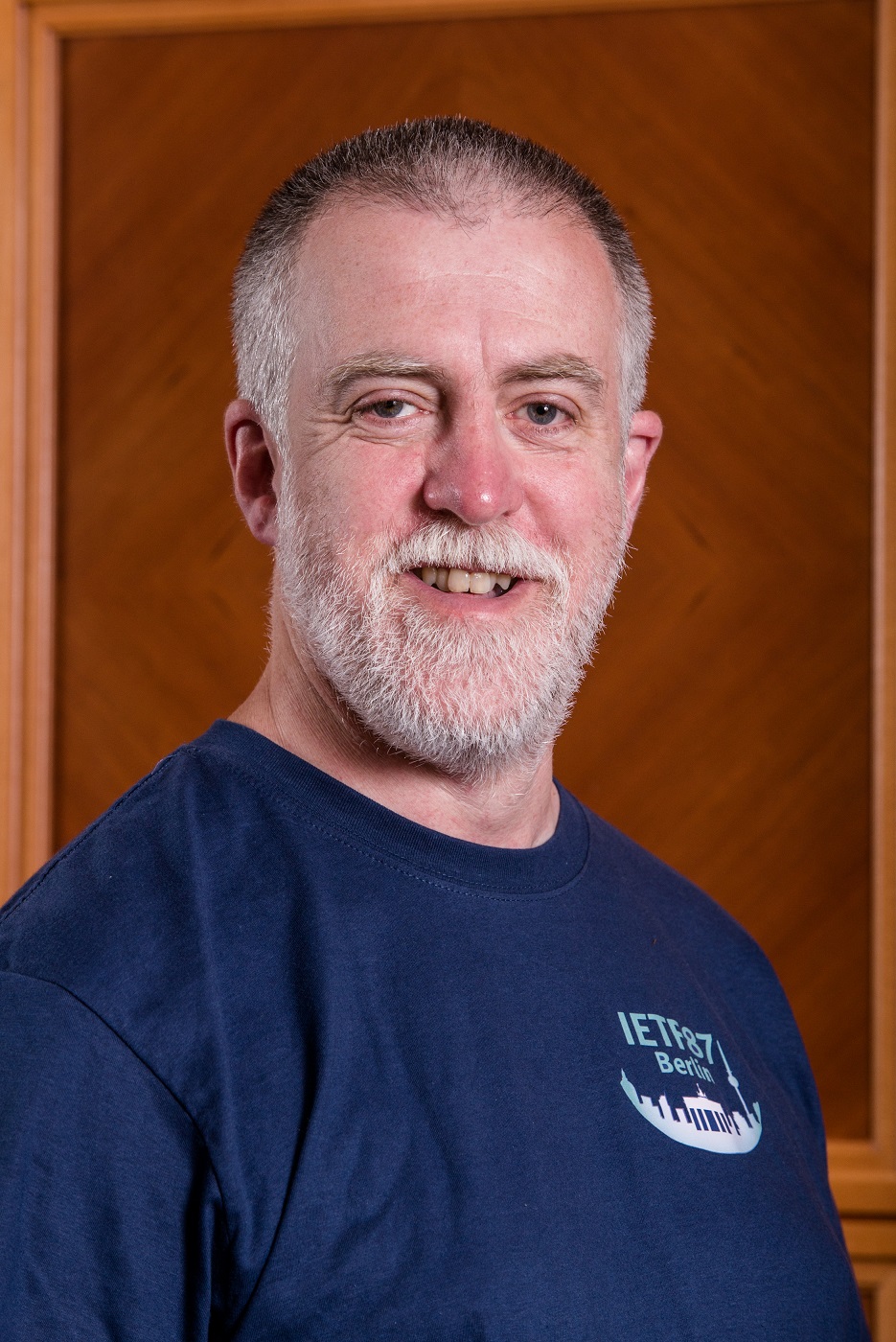
Adrian Farrel first got involved with the Internet Engineering Task Force (IETF) with the standardization of MPLS over 20 years ago. He was one of the pioneers of Generalized MPLS (GMPLS) and went on to co-chair the IETF’s CCAMP working group that was tasked with developing the GMPLS suite of protocols. Later, he contributed to the development of the Path Computation Element (PCE) and co-chaired the L1VPN and PCE working groups. He was the IETF’s liaison to the ITU-T on optical networking and also co-chaired the L2VPN Service Model (L2SM), L3VPN Service Model (L3SM), and Interface to Network Security Functions (I2NSF) working groups.
Adrian is an innovator and standards-maker who has led the invention of several key technologies in the IETF and who went on to serve as one of two IETF Routing Area Directors for six years. He is the co-author of over 80 IETF RFCs, is the Technical Advisor to the IETF’s TEAS working group, and currently serves as the Independent Submissions RFC Editor. He has written, edited, or contributed to nine books on Internet technologies including “The Internet and Its Protocols” and “GMPLS - Architecture and Applications”.
Adrian currently runs a successful consulting company, Old Dog Consulting, specializing in Internet protocols, SDN, and NFV. He has also published four volumes of fairy stories for adults of all ages.
back to top ^
|
|
Ahmed Serhrouchni, TELECOM ParisTech
|
|
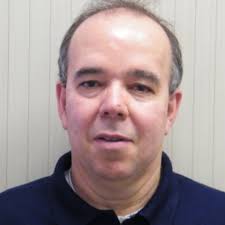
Dr. Ahmed Serhrouchni received the Ph.D. degree in computer science and the Habilitation À Diriger des Recherches degree from University Pierre and Marie Curie in 1989 and 2010, respectively. He is currently a Full Professor with Telecom ParisTech, CNRS-UMR 5141.,He is leading and involved in many research projects in network security in France and Europe. His research focuses on computer network security, security for vehicular networks, and security for industrial control system.
back to top ^
|
|
Akihiro Nakao, University of Tokyo
|
|
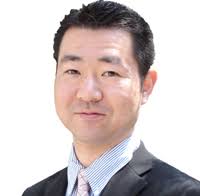
Dr. Aki Nakao is a professor at Applied Computer Science Course, Interfaculty Initiative in Information Studies, Graudate School of Interdisciplinary Information Studies, the University of Tokyo. He received Ph.D. degree in Computer Science from Princeton University. He has been teaching at the University of Tokyo since 2005, leading research group at Nakao Research Laboratory pursuing networked systems. His main study areas include, but are not limited to, SDN, NFV, Network Virtualization, In-Network Processing for Smartphones, Wearables and Cloud interactions, etc.
back to top ^
|
|
Alan Sardella, Linux Foundation
|
|

Alan Sardella runs product and technical marketing for the OpenDaylight and OPNFV projects.
back to top ^
|
|
Alex Henthorne-Iwane, Sinefa
|
|

Alex leads product marketing at Sinefa, and brings a perspective gained from working on innovative networking and analytics technologies since the early days of the commercial Internet.
Prior to joinig Sinefa, Henthorn-Iwane was the VP of Marketing at ThouthndEyes and Kentik. Henthorn-Iwane has more than 20 years of experience bringing new technologies in networking, security and software to global markets. Henthorn-Iwane leads the global marketing strategy for Kentik and help the company bring its innovative story and solutions to network-dependent organizations around the world.
Prior to Kentik, he was VP of Marketing at QualiSystems and Packet Design Inc.. Prior to that, he held product management roles at CoSine Communications, Corona Networks, Lucent Technologies and Livingston Enterprises.
back to top ^
|
|
Andrew Malis, Huawei
|
|

Andrew G. Malis is a Distinguished Engineer at Huawei Technologies. He specializes in product and network architecture and future evolution; standards leadership (internal and external to the company); customer consultation; and SDN, NFV, IP, MPLS, Ethernet, and other telecom and data networking protocols. Previously, he has held senior engineering positions at Verizon, Tellabs, Cascade Communications, BBN, and other industry-leading organizations. He also holds standards leadership positions as Services Area Director and Technical Council Member at the Open Networking Foundation (ONF) and as a Working Group co-chair and a member of the Routing Directorate in the Internet Engineering Task Force (IETF). He has held leadership roles in numerous other standards organizations, including board memberships and president/chairman. He has written and contributed to many technology standards, including having authored 39 IETF RFCs, and has spoken and chaired at numerous industry conferences.
back to top ^
|
|
Azhar Sayeed, Red Hat
|
|

Azhar Sayeed has more than 17 years of experience in the networking and communications industry that includes design and installation of complex networks involving multiple technologies and vendors. He has worked as a Director of Product Management, in NSSTG, Cisco Systems, Mr. Sayeed was responsible for product management and rollout of IP Routing, Quality of Service (QoS), Broadband and Multi Protocol Label Switching (MPLS) features in Cisco IOS® software. Cisco IOS® software is the network system software that powers the majority of Cisco's hardware platforms. Currently, he is working at Red Hat. Azhar is the co-author of an upcoming book “MPLS and Next-Generation Networks: Foundations for NGN and Enterprise Virtualization” with Monique Morrow.
back to top ^
|
|
Bijan Jabbari, ISOCORE
|
|

Bijan Jabbari is the founder of Isocore Corporation. He helped the industry with the first deployment of MPLS and subsequently its adoption by service providers and large corporations in their networks. He has made substantial contributions to standardization bodies for Internet and Wireless technologies. He has contributed to research on protocols and admission control in packet networks including next generation interne access, backbone, and applications. He has helped the industry in the areas such as call control, routing and signaling, mobility, enhanced services, ATM, MPLS, GMPLS, VPNs and network restoration.
He is the past chairman of the IEEE Communications Society technical committee on Communications Switching and Routing. Dr. Jabbari is a Fellow of IEEE, recipient of the IEEE Millennium Medal, the Washington DC Metropolitan Area Engineer of the Year Award. He received the PhD degree from Stanford University, Stanford, California, in electrical engineering.
back to top ^
|
|
Bin Wen, Comcast
|
|
Bin Wen is a Principal Engineer (Datacenter Design & Engineering) at Comcast Cable.
back to top ^
|
|
Chris Liljenstolpe, Tigera
|
|

Christopher is the CTO, and a founder of Tigera, Inc, the home of the Canal and Calico open source cloud native networking & network policy enforcement projects, the later of which he originally architected while the director of solutions architecture at Metaswitch. Prior to his time at Metaswitch, Christopher designed and ran a bio-informatics OpenStack cluster, architected solutions around OpenFlow while at BigSwitch Networks, and run architecture at two large carriers (Telstra - AS1221, and Cable & Wireless/iMCI - AS3561) and been the IP CTO for Alcatel in Asia. He's also run networks in Antarctica (hint, fiber bend radius becomes REALLY important at -50C), and been foolish enough to do two stints as a wg co-chair in the IETF. Occasionally you can have the (mis-)fortune of hearing him speak at conferences and the like.
back to top ^
|
|
Ciprian Popoviciu, East Carolina University
|
|
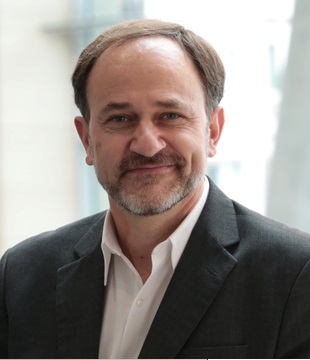
Dr. Ciprian Popoviciu has over 24 years of experience working in various technical and leadership roles in the IT industry. He founded and led Nephos6, the first company to enable OpenStack for IPv6 and deployed the first IPv6 only OpenStack cloud in production. Prior to starting Nephos6 he managed the architecture team of Cisco’s Engineering Infrastructure Services organization where he defined the strategy and led the execution of the internal DC consolidation and transition to cloud. Over the past 20 years he worked on the strategy, architecture, implementation and validation of IPv6 adoption by large service providers and enterprises Worldwide. Ciprian worked with various governments on defining national level and agency level IPv6 strategies and standards. Ciprian authored two IPv6 books: “Deploying IPv6 Networks” and “Global IPv6 Strategies”. He co-authored multipleIPv6 related IETF RFCs and patents. Ciprian is an IPv6 Forum Fellow and currently he is an Assistant Professor in the College of Engineering at East Carolina University.
back to top ^
|
|
Daniel Awduche, Verizon
|
|

Dr. Daniel Obi Awduche is a Fellow in Verizon Communications Corporate Technology Organization, where he focuses on IP Technology and Cloud Service Delivery, encompassing business models, product development, technology strategy, architecture, and planning. He has held various technology leadership and management positions at Verizon and predecessor companies. Previously, he led the Internet engineering organization for Verizon Business. Prior to the acquisition of MCI by Verizon, he managed MCI's Internet Engineering Organization responsible for architecture, design, vendor technical management, peering administration, and lifecycle engineering management of MCI's public IP infrastructure. Within the industry, he is notable for pioneering the concept of Multiprotocol Lambda Switching, now called Generalized MPLS (GMPLS), and for championing the development and standardization of MPLS traffic engineering technology. He has served as Guest Editor of IEEE Communications Magazine (December 2006 and October 2007), Guest Editor of IEEE Journal on Selected Areas in Communications (October 2004), and Guest Editor of Proceedings of the IEEE (September 2002). His academic background includes the MS degree in Computer Systems Engineering from the University of Massachusetts, Amherst; PhD degree in Information Technology from George Mason University; and MBA degree (concentration in Finance and Entrepreneurship) from George Mason University.
back to top ^
|
|
Dave Ward, Cisco
|
|

As CTO and Chief Architect of the Service Provider Division at Cisco Systems, David defines the strategy, design and development of the division's transport and mobility equipment, core, edge and access routers, and operating system. He leads research and development of new technology via tight partnerships with customers and academia and his work is found in multiple standards bodies. He also works closely with packetcom providers on the evolution and architecture of their networks and emerging services. David has held the roles of software architect for IOS-XR; co-system architect of the CRS-1 & CRS-3 multi-terabit router & the ASR900; and co-system architect of several next line cards, route processors and service blades in Cisco’s Service Provider portfolio.
back to top ^
|
|
David T. Kao, Charter Communications
|
|
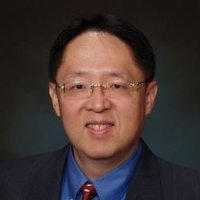
David is a Principal Planner, Capacity at Time Warner Cable in Virginia.
back to top ^
|
|
Diego Lopez, Telefonica
|
|
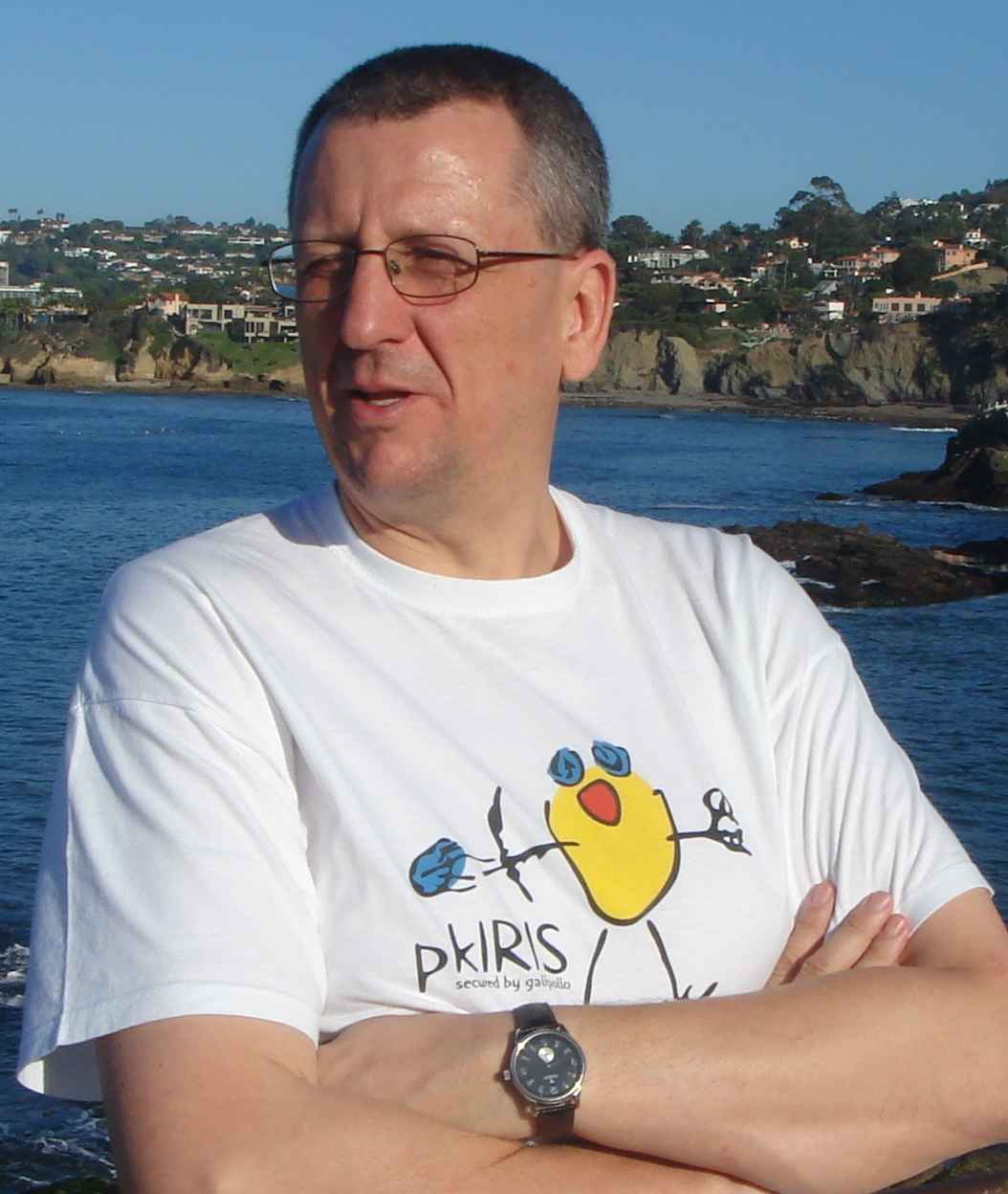
Diego Lopez received his MS from the University of Granada in 1985, and his PhD degree from the University of Seville in 2001. Diego joined Telefonica I+D in 2011 as a Senior Technology Expert on network infrastructures and services. He is currently in charge of the Technology Exploration activities within the Transversal Projects and Innovation Unit. He joined Telefónica in 2011 after several years in the academic sector. During this period he was appointed as member of the High Level Expert Group on Scientific Data Infrastructures by the European Commission, and as member of Internet2 MACE.
back to top ^
|
|
Eiji Oki, Kyoto University
|
|
Author bio will be available soon.
back to top ^
|
|
Emmanuel Bertin, Orange
|
|
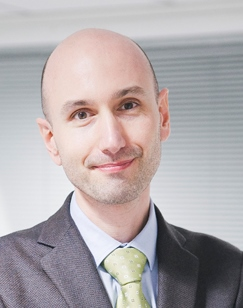
Emmanuel Bertin is chairing an expert community dedicated to Transaction and Communication Services with Orange Labs and is an adjunct professor at the Institut Mines-Telecom, France. His activities are focused on 5G, NFV, Blockchain and service engineering, with more than 100 published researched articles. He received a “diplome d’ingénieur” from IMT Atlantique, a Ph.D. in computer science from the University of Paris VI and Habilitation from Sorbonne University. He is a senior member of the IEEE.
back to top ^
|
|
Fouad Guenane, a Cloud expert in infrastructure management topics
|
|

Fouad intervenes as an expert in Cloud and security strategy on Private Cloud, Public or Hybrid projects. Fouad has more than 9 years experience in IT, including 5 on Cloud Computing technology and in particular the security aspects.
He obtained a security and network engineering degree and was awarded as Phd in field of Cloud security at University Pierre et Marie Curie (France) on October 2014 directed by the Pr Guy Pujolle. He has continued as a post-doctoral researcher at Telecom Paris Tech in collaboration with Pr Ahmed Serhrouchni and participate as an expert in different European and French security projects. He has published different works in the field of network security, Security as a Service (SECAAS) and Networking in classified international conferences (Venezuela, Paris, Poland, South Korea, Canada, USA ... etc. ). Fouad was invited as an expert in international summits such as Cloud World Forum MENA, Data Center Dynamics Converged Series, World Cloud Summit Mena.
back to top ^
|
|
Gurpreet Singh, Spirent
|
|

Gurpreet Singh joined Spirent Communications in 2001 as senior engineer, before becoming technical marketing engineer then product manager of NFV Solutions for the company’s Cloud & IP business unit. Gurpreet is responsible for supporting strategic initiatives and instrumental in business case development for NFV related initiatives, developing partnerships for the NFV Ecosystem, and leading Spirent’s participation and contribution at OPNFV. His detailed knowledge of various unicast routing protocols, multicast protocols, layer 2 switching protocols and Data Center FCoE protocols has been instrumental to Spirent’s active role in ETSI NFV thought leadership for active monitoring and benchmark testing. Gurpreet has been involved in key proof of concept development with major service providers in NFV as well as supporting strategic partnerships with leading Silicon Valley vendors and service providers. He also has extensive experience in training customer and sales personnel for networking protocols, conformance test suites and analysis of the test results.
back to top ^
|
|
Guy Pujplle, Sorbonne Université
|
|
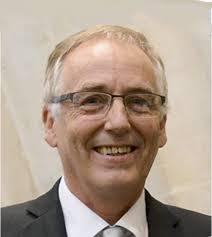
Prof. Guy Pujplle is a full professor of Sorbonne Université - LIP6
back to top ^
|
|
Hannes Gredler, Rtbrick
|
|
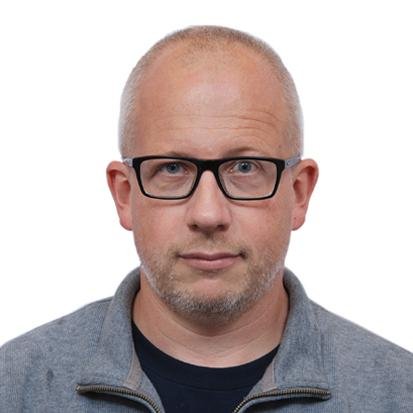
Hannes Gredler is the CTO of RtBrick Inc., where he is working on 3rd generation routing software targeted to open networking hardware. in his previous stint Hannes has been 15 years with Juniper Networks working on the design and implementation of the BGP, OSPF, IS-IS, MPLS routing and signaling protocols.
Since 2013 Hannes serves as a co-chair of the IETF IS-IS working group. Hannes is the author of "IS-IS the complete reference" and holds 20+ patents in the space of IP/MPLS. Hannes has received his M.S. in “System Engineering, Manufacturing and Automation" from the Technical University of Graz, Austria.
He is a proud father of four and an active Aikido practitioner.
back to top ^
|
|
Harvey Newman, Caltech
|
|
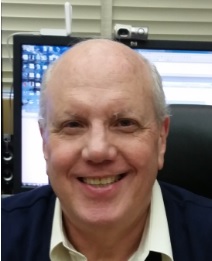
Harvey Newman (Sc. D, MIT 1974), the Marvin L. Goldberger Professor of Physics at Caltech,has been a faculty member since 1982. In 1973-4, he co-led the team that discovered the fourth quark flavorknown as “charm”. He co-led the MARK J Collaboration thatdiscovered the gluon, the carrier of the strong force in 1979. Since 1994 has been a member of CMS experiment at the Large Hadron Collider (LHC) at CERN that discovered the Higgs boson at the LHC in 2012, and is now searching for additional Higgs particles, supersymmetry, extra dimensions, and other exotic new particles and forces.
Newman has had a leading role in originating, developing and operating state of the art international networks and collaborative systems serving the high energy physics community since 1982. He served on the IETF and the Technical Advisory Group that led to the NSFNet in 1985-6. He originated the worldwide LHC Computing Model in 1996. Between 1985 and 2015 he and his team developed and operated US LHCNet, a resilient virtualized transatlantic network serving the high energy physics community. He has led science and network engineering teams that have developed state of the art long distance data intensive applications transfers since 2002.
Through mid-2020, Newman represented the physics community on the Internet2 Network Policy and Operations Program Advisory Group. In 2019, he joined the Global Network Advancement Group Leadership Team and in 2020 founded the Data Intensive Sciences Working Group. He and the Caltech HEP and network team are currently developing next generation Internet architectures and global software-defined networked systems with ESnet, Internet2, CENIC, CERN, UCSD/PRP, Starlight, Fermilab, Yale, Northeastern, AmLight, FIU, LBNL, Maryland, Colorado State, Tennessee Tech, the State University of Rio, the State University of Sao Paulo, and many other science and network research teams, with support from the U.S. DOE and NSF, and in partnership with Ciena, 2CRSI, Mellanox/NVIDIA, Arista, Dell, and many other corporate partners.
back to top ^
|
|
Hesham ElBakoury, Huawei Technologies
|
|
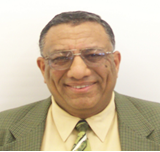
Hesham ElBakoury is an industry veteran with extensive background and expertise in Information Technology, and Enterprise, Carrier Networks and Broadband Access Networks. He is a Principal Architect in Futurewei Technologies Inc focusing on advanced technology research and standards in the Access and Network Research Labs. His research involves different technologies such as Next Generation Internet, Intent-based Networking, Ultra-low Latency and Time Sensitive Networking, SDN/NFV, Cloud and Mobile Edge Computing, Blockchain, Autonomic Networking, and Distributed Access Network Architectures.
As a Chief Systems Architect Mr. ElBakoury has led the architecture, design and development of several very successful Switching/Routing, Security, Broadband Access, Data Center, Enterprise and Carrier Ethernet products. Mr. ElBakoury is a capable leader who demonstrated the ability to set technological vision, and build and energize engineering teams to deliver on common vision and goals.
Mr. ElBakoury has served as keynote speaker and participated in panels of several conferences around the globe.
Mr. ElBakoury has been involved in different standard groups including IEEE 802, IETF, ONF, MEF, SCTE, and OIF. He was an editor of IEEE 1904.1 (SIEPON), he is the vice chair of IEEE 1916.1, and served as the editor for several CableLabs standards and Technical Reports. He has several publications and patents in the field of Networking, and he holds M.S.C degree from Waterloo University, ONT, Canada
back to top ^
|
|
Hideyuki Shimonishi, Osaka Univ.
|
|
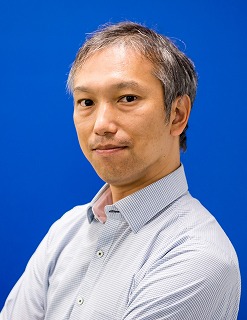
Hideyuki Shimonishi is a senior principal researcher at System Platforms Research Labs. NEC Corp. He received M.E. and Ph.D. degrees from the Graduate School of Engineering Science, Osaka University, Osaka, Japan, in 1996 and 2002. He joined NEC Corporation in 1996 and has been engaged in research on traffic management in high-speed networks, switch and router architectures, and traffic control protocols. As a visiting scholar in the Computer Science Department at the University of California at Los Angeles, he studied next-generation transport protocols. Since then, he engaged in researches on networking technologies including SDN, OpenFlow and NFV for carrier, data center and enterprise networks from their early stages. Now he is working on researches for IoT system platform and automation technologies for system design, optimization, and operation.
back to top ^
|
|
Hiroaki Harai, NICT
|
|

Hiroaki Harai received his Ph. D. degree from Osaka University, Osaka, Tokyo. He is a Director at National Institute of Information and Communications Technology (NICT), Tokyo, Japan. He joind NICT (Communications Research Laboratory at that time) in 1998. He engaged in optical network and new-generation network.
back to top ^
|
|
Hiroshige Tanaka, NTT Communications
|
|
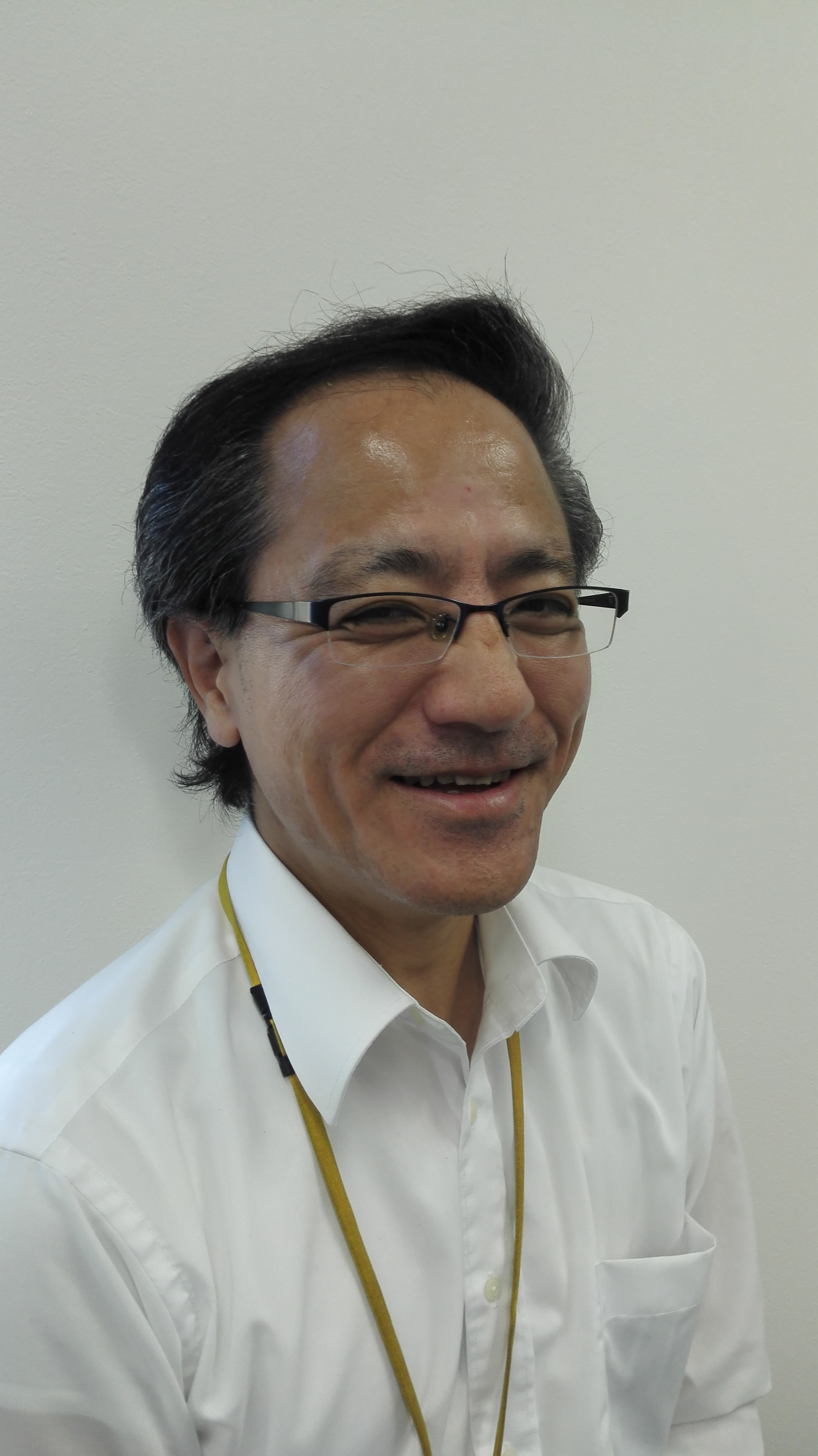
I am in charge of design and deployment of infrastructure network, especially SDN technology for cloud services at NTT Communications. I have investigated and adopted the latest network technologies into our network. I introduced MPLS technology into our backbone network and in 2012 I introduced SDN technology into our cloud services. Currently the cloud services are provided in 11 countries globally. My present position is in technology development department at NTT Communications and I am investigating the advanced technologies to enhance new features, high performance, scalability and availability of SDN.
back to top ^
|
|
Hidetsugu (Hyde) Sugiyama, Red Hat Japan
|
|
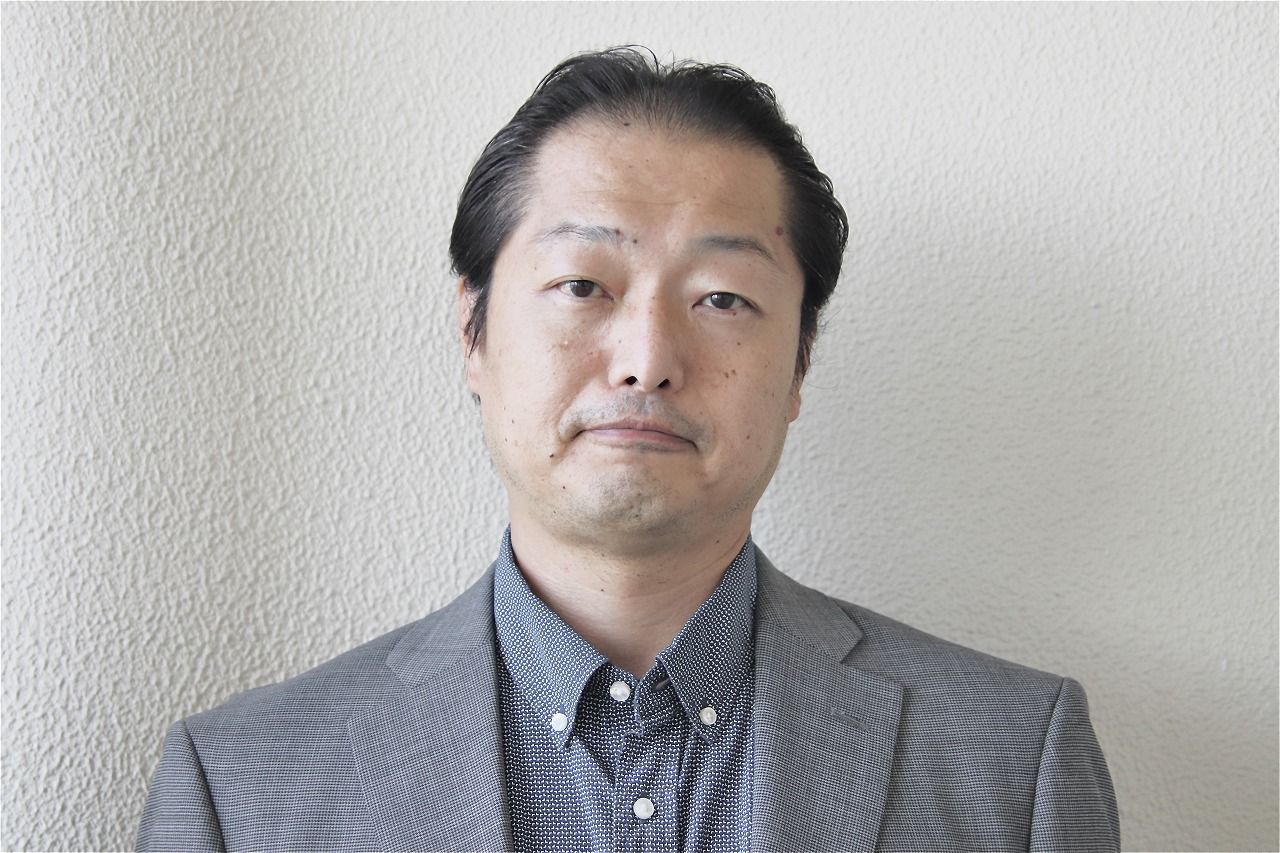
Hidetsugu Sugiyama is Chief Architect at Red Hat and focuses on cutting edge technology in Communication Service Provider & Digital Service Provider area. Hidetsugu (Hyde) has been with Red Hat since 2013, working on SDN/NFV/Edge Computing solutions development and joint GTM with Technology partners and R&D customers.
He has over 34 years experience in the Information and Communications Technology industry. He is now a member of Vision & Technology Steering Committee and Marketing Steering Committee in IOWN GF (Innovative Optical and Wireless Network Global Forum).
Prior to Red Hat, he worked at Juniper Networks as a Director of R&D Support driving JUNOS SDK software development ecosystems and IP Optical collaboration development in Japan and APAC for ten years. Prior to Juniper, he worked at Service Providers including Sprint and UUNET in team leading.
back to top ^
|
|
Ilya Baldin, RENCI
|
|
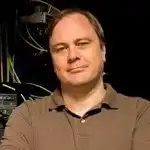
Dr. Ilya Baldin leads RENCI’s network research and infrastructure group (NRIG). He is a networking researcher with a wide range of interests, including high-speed optical network architectures, cross-layer interactions, novel signaling schemes, and network security. He was a co-PI for the ExoGENI project – part of the GENI testbed and is now the PI and Project Director for the new FABRIC testbed. Before coming to RENCI, Baldin was the principal scientist at the Center for Advanced Network Research at the Research Triangle Institute and a network research engineer at the Advanced Network Research group at MCNC, where he was a team member and a leader of a number of federally funded research efforts. He holds PhD and MS degrees in computer science from North Carolina State University.
back to top ^
|
|
Jerry Sobieski, SSS Corporation
|
|

Mr. Sobieski is Advanced Cyber-Infrastructure Strategist at George Mason University and a Principle Investigator for the BRIDGES project linking US and European research facilities via a fully virtualized 100Gbps trans-Atlantic network testbed. Over the last decade he has been leading the development of virtualized cyber-infrastructure software and services in Europe as part of the Nordic Universities Network (NORDUnet).
Mr. Sobieski resides in suburban Maryland outside Washington DC.
back to top ^
|
|
Joel Halpern, Ericsson
|
|
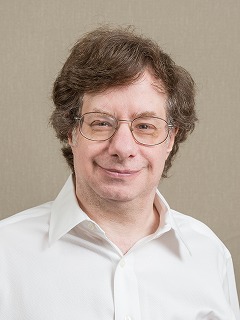
Joel Halpern is a Distinguished Engineer with Ericsson, working on Strategy and Technology for Network Analytics and Control. He has a long history of involvement with SDN and MPLS technologies, haveing helped provide the architecture for early work in this space with Newbridge, and helped create the MPLS working group in the IETF. He is currently active in multiple standards efforts relating to software control of network behavior.
back to top ^
|
|
John Strassner, Huawei
|
|
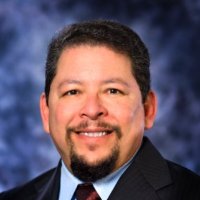
John Strassner is the Chief Technical Officer of the Software R&D Laboratory of the U.S. Division of Huawei and the Orchestration Area Co-Director for MEF Forum.
back to top ^
|
|
Kamran Etemad, Federal Communications Commission
|
|
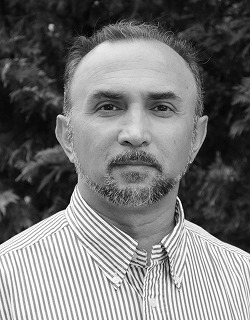
Kamran Etemad is a principal wireless technology, strategy and standards expert. He is currently a senior technical advisor at Federal Communications Commission and also Adjunct Faculty at University of Maryland. Previously he has held various senior technical and management positions as director of technology standards at Intel Corporation, as executive technology advisor with Sprint-Nextel and Vice President of Advanced technology and Strategy at WFI.
Kamran received his Ph.D. degree in Electrical Engineering from University of Maryland in 1996. He has conducted many industry workshops, panels and seminars and published numerous technical papers and two books on 3G/4G systems. He holds more than 80+ issued patents and 30+ more pending all in 3G/4G/5G wireless systems.
Dr. Etemad’s current area of focus is on novel dynamic spectrum sharing both from regulatory and technical perspectives. His most recent research has been on advanced technologies based on 3GPP-LTE and WiFi and their cooperation in CRAN and small cells deployment, for opportunistic spectrum aggregation, local group and broadcast communication and interference management.
back to top ^
|
|
Kenichi Ogaki, KDDI
|
|
Author bio will be available soon.
back to top ^
|
|
Kenji Fujikawa, NICT
|
|
Author bio will be available soon.
back to top ^
|
|
Kohei Shiomoto, Tokyo City University
|
|
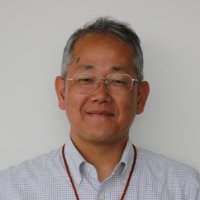
Kohei Shiomoto is a Professor of Tokyo City University, Japan. Before he moved to the Univ. He was a Senior Research Engineer, Supervisor at NTT Network Technology Laboratories, NTT, Tokyo, Japan. He joined the Nippon Telegraph and Telephone Corporation (NTT), Tokyo, Japan in 1989. He has been engaged in R&D of high-speed networking including ATM, IP, (G)MPLS, and IP+Optical networking in NTT labs. From 1996 to 1997 he was Visiting Scholar at Washington University in St. Louis, MO, USA. From 2006 to 2011, he lead the IP Optical Networking Research Group as Group Leader in NTT Network Service Systems Laboratories. From 2012 to 2017, he lead Communication & Traffic Service Quality Project as Senior Manger at NTT Network Technology Laboratories, NTT, Tokyo, Japan. He received the B.E., M.E., and Ph.D degrees in information and computer sciences from Osaka University, Osaka in 1987 1989, and 1998, respectively. He is a Fellow of IEICE, a Senior Member of IEEE, and a member of ACM.
back to top ^
|
|
Kosuke Nishimura, KDDI Research
|
|
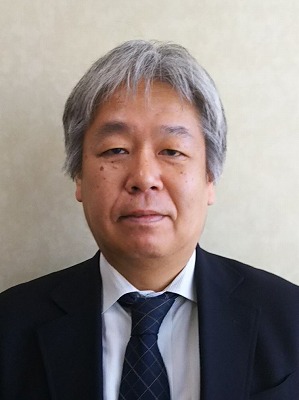
Kosuke Nishimura received B.E., M.S. and Ph.D. degrees in electrical engineering from Tokyo Institute of Technology, Tokyo, Japan in 1986, 1988, and 2008, respectively. Since 1988, he has been with KDDI Research, Inc., Saitama, Japan where he has studied visible light emitting materials, all-optical functional devices for future photonic network and new applications of electronic paper display. Currently, he is engaged in the research of fixed-line access network technologies for accommodating mobile services. He is a member of The Institute of Electronics, Information and Communication Engineers (IEICE), Japan Society of Applied Physics (JSAP), and Society for Information Display (SID).
back to top ^
|
|
Kuang-Ching Wang, Clemson University
|
|
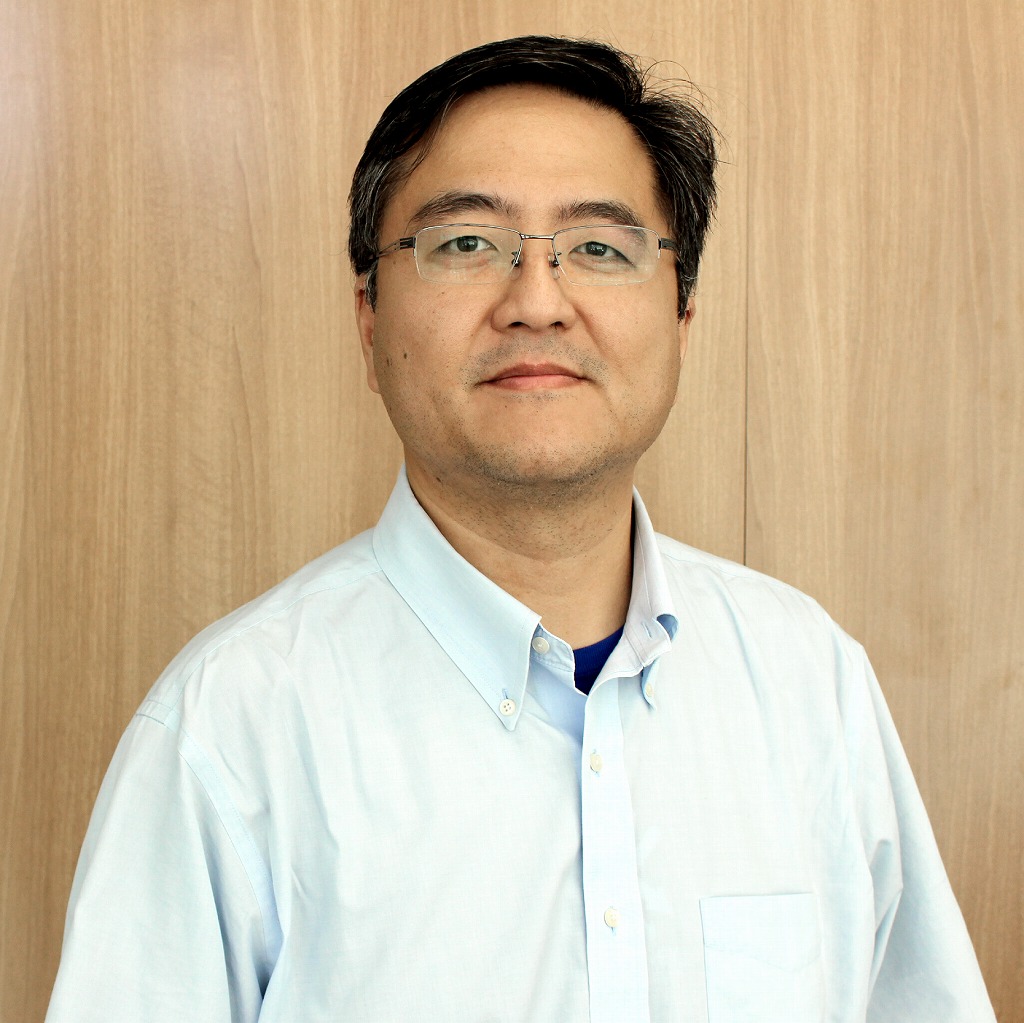
Dr. Kuang-Ching (KC) Wang holds a Ph.D. in Electrical Engineering from University of Wisconsin - Madison (2003). He is currently a Professor at Clemson University, where he is also the Associate Director of Research for the Watt Family Innovation Center. His core research interests include future networking and computing architecture, software defined infrastructure, and more recently, artificial intelligence. From 2012 to 2015, KC visited Stanford University, the Open Networking Lab, and Big Switch Networks - a software defined networking startup. From 2015 to 2017 he was the Networking CTO for Clemson University.
KC has been PI and co-PI for more than $60M of research sponsored by US National Science Foundation, Department of Defense, USDOT, South Carolina Department of Agriculture, companies such as IBM, BMW, Cisco, and regional hospital systems. His consistent focus has been on bridging networking research with science and engineering research in diverse domains. His latest focus has been on the use of software defined networking, 5G wireless communications, cloud computing and AI for applications in a broad range of civilian and military applications. As a leader in a series of research testbed efforts including NSF GENI, CloudLab, and FABRIC, his consistent focus has been on the convergence of research and education across broad science and engineering disciplines.
back to top ^
|
|
Lou Berger, LabN Consulting
|
|

Lou Berger is a principal in LabN Consulting LLC, which he founded in 1999. He focuses on technology strategies, IP network architectures, IP-based control protocols, and Traffic Engineering technologies. He has helped LabN customers develop network architectures, technology and product strategies, pursue their research programs, develop their hardware and software architectures, and translate these into deliverable products and operational systems. He previously was the Vice President of Protocol Development and System Architecture at Movaz Networks and, earlier, worked at FORE Systems and BBN.
Lou has been a contributor to the IETF since 1989 and a regular meeting contributor since IETF 24. He has authored numerous RFCs and Internet-Drafts in the areas of GMPLS, MPLS, MPLS-TP, Quality of Service signaling and routing. He co-chaired the ST2+ and CCAMP working groups and other BoFs. He currently serves as the TEAS Working Group co-chair, on the IAOC, on the Routing and RSVP Directorates and on the IRTF ANRP selection committee.
back to top ^
|
|
Masanori Miyazawa, KDDI Research
|
|
Author bio will be available soon.
back to top ^
|
|
Naoaki Yamanaka, Keio University
|
|
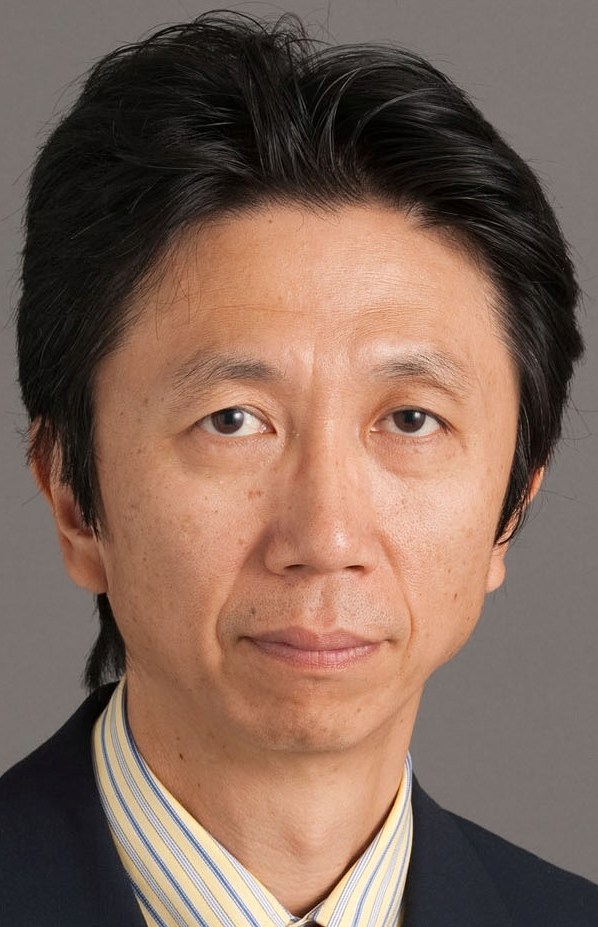
Naoaki Yamanaka graduated from Keio University, Japan where he received B.E., M.E. and Ph.D. degrees in engineering in 1981, 1983 and 1991, respectively. In 1983 he joined Nippon Telegraph and Telephone Corporation's (NTT's) Communication Switching Laboratories, Tokyo Japan, where he was engaged in research and development of a high-speed switching system and high-speed switching technologies for Broadband ISDN services. Since 1994, he has been active in the development of ATM base backbone network and system including Tb/s electrical/optical backbone switching as NTT's Distinguished Technical Member. He moved to Keio University, Department of Information and Computer Science in 2004. He is now researching future optical IP network, and optical MPLS router system. He is currently a Professor in Dept. of Information and Computer Science, Keio University, Japan and representative of Photonic Internet Labs and Committee Chair of iPOP2006 to 2012. He has published over 145 peer-reviewed journal and transaction articles, written 202 international conference papers, and been awarded 339 patents including 23 international patents. Dr. Yamanaka received Best of Conference Awards from the 40th, 44th, and 48th IEEE Electronic Components and Technology Conference in 1990, 1994 and 1998, TELECOM System Technology Prize from the Telecommunications Advancement Foundation in 1994, IEEE CPMT Transactions Part B: Best Transactions Paper Award in 1996 and IEICE Transaction Paper award in 1999. Dr. Yamanaka is chairman of Keihanna openlab interoperability working group and executive director for ISOCORE for Asia Pacific. Dr. Yamanaka is Technical Editor of IEEE Communication Magazine, Broadband Network Area Editor of IEEE Communication Surveys, Former Editor of IEICE Transaction, former director of Asia Pacific Board at IEEE Communications Society as well as Board member of IEEE CPMT Society. Dr. Yamanaka is an IEEE Fellow and an IEICE Fellow.
back to top ^
|
|
Nicolai Leymann, Deutsche Telekom
|
|

Nicolai Leymann is working in his 12th year for Deutsche Telekom as a chief architect for IP based networks. Nicolai is leading the IP-Multicast group of the Technical Competence Center of T-Group (T-Group consists of Deutsche Telekom and other European Telcos like Slovak Telecom) and is also coordinating the "Seamless MPLS" activities.
His major focus is the network and service architecture of T-Entertain the Triple Play service of Deutsche Telekom as well as the architecture of the upcoming Next Generation Network of Deutsche Telekom. His work includes the integration of technologies - eg. IP-Multicast, VPLS etc. - in MPLS networks and VPN scenarios. Mr. Leymann is responsible for several international projects related to network architectures (covering technologies like IP Multicast, MPLS, VPLS, Multipoint-Services, Backbone- and aggregation network design, VPNs, IPTV).
He is also involved in the standardisation process for Multicast services in MPLS and VPN environments and is looking into new backbone technologies and the evolution of MPLS. He is working on the coordination of standardization activities related to IPTV within Deutsche Telekom and is board member of the OpenIPTV Forum.
back to top ^
|
|
Nora Tofigh, Colla Netrix
|
|

Nora Tofigh is a wireless and omnichannel innovator, self-taught full-stack developer and IoT architect. With a background in Molecular Biology and Biochemistry, Nora researched protein isolation for the development of biohybrid photovoltaic cells as a source of alternative energy. This concept of using nature as a blueprint for technical development inspired Nora to study the synergies between biochemical pathways and the routing algorithms of radio communications, leading her to conceptualize human applications of IoT Network Design and Cloud Computing. In addition to applied research and experimentation in her current ventures, Nora has pursued mastery of diverse skillsets and experiences across business operations, including IT, marketing, sales, strategy, education and design. As a proud “gig economist,” Nora actively participates in the Human Cloud, serving cross-functional roles as a Digital Consultant, Web Designer, Copyeditor, Mentor, Developer, and Brand Manager. After collaborating with stakeholders in a variety of industries and functions, Nora incorporated diverse perspectives into problem solving for social economics. Nora holds a Bachelor’s in Molecular Biology & Biochemistry and French Literature, and a Masters in Business Administration. Between gigs and go-getting, Nora enjoys surfing and the vitamin rush of citrus fruits.
back to top ^
|
|
Noriaki Kamiyama, NTT
|
|
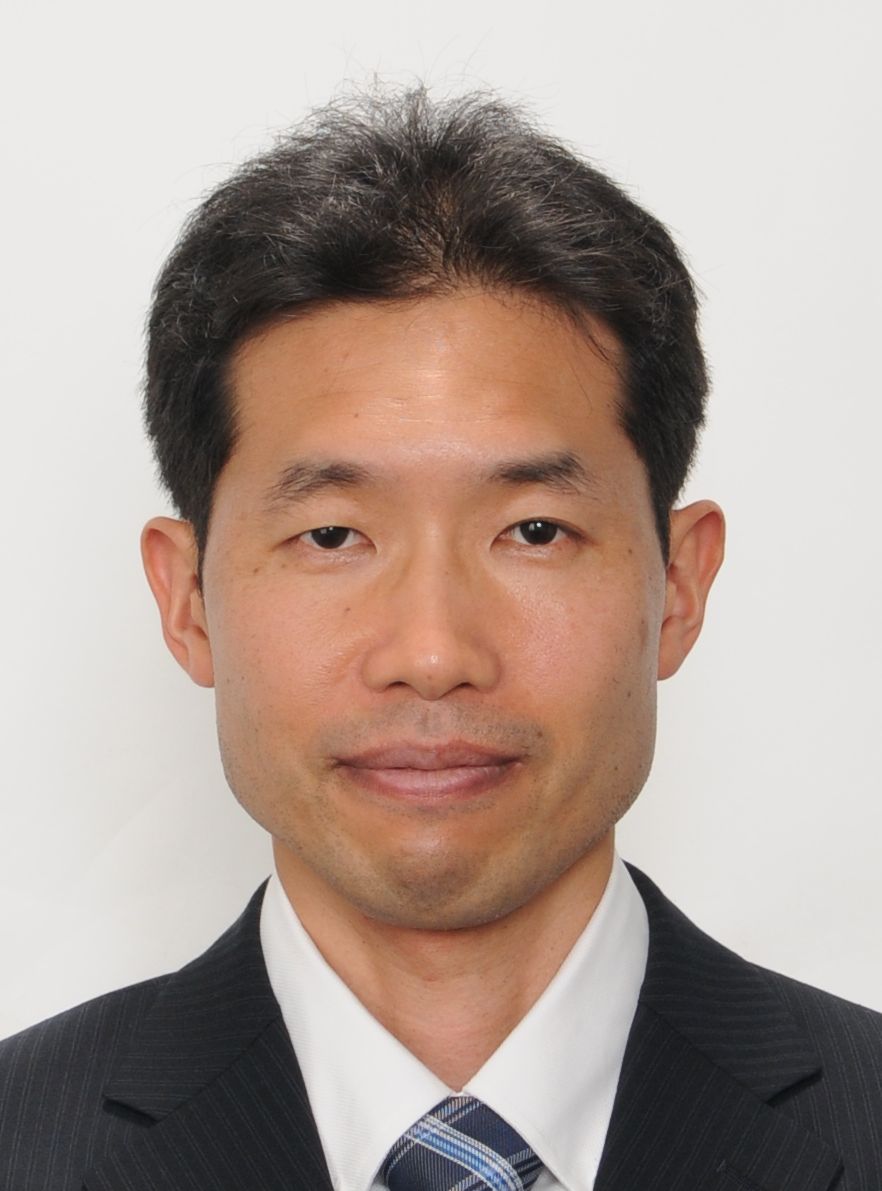
Noriaki Kamiyama received his M.E. and Ph.D. degrees in communications engineering from Osaka University in 1994 and 1996, respectively. From 1996 to 1997, he was with the University of Southern California as a visiting researcher. He joined NTT Multimedia Networks Laboratories in 1997. Since then, he has been engaged in research concerning pricing methods for IP networks, content-distribution systems, optical networks, network topology design, and IP traffic measurement. He is currently in NTT Service Integration Laboratories. He is also with the Osaka University as an invited associate professor from 2013 and an invited professor from 2015. He has been engaged in research concerning network economics, content distribution systems, optical networks, IP traffic measurement, and network design. He received the best paper award at the IFIP/IEEE IM 2013. He is a member of the IEEE and the Institute of Electronics, Information and Communication Engineers (IEICE).
back to top ^
|
|
Peter Boers, SURF
|
|
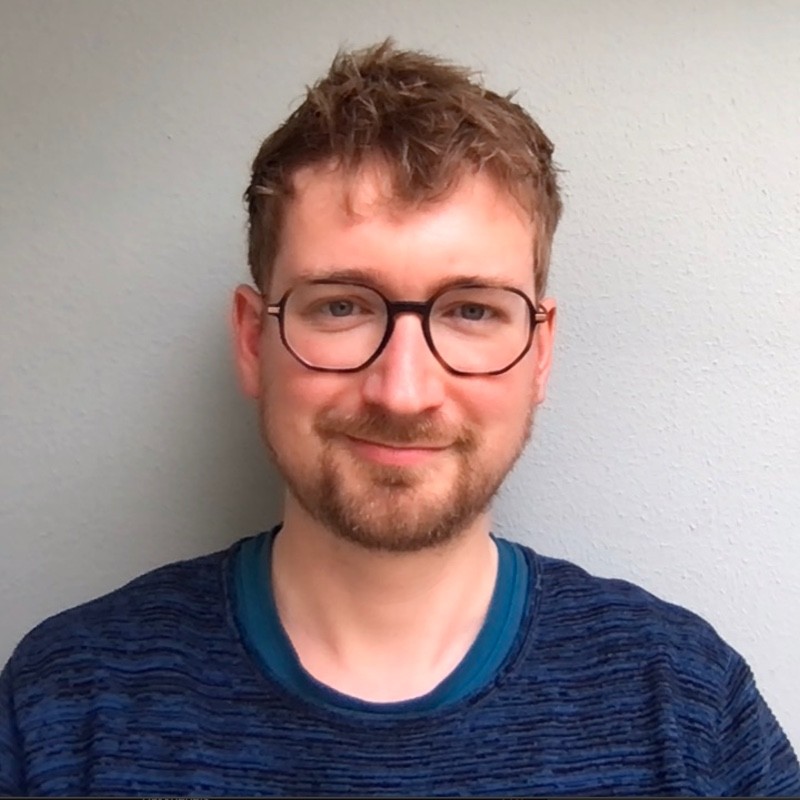
Peter Boers graduated with a Bachelors degree in IT from the Hanze University in Groningen (NL) in 2014. Initially he worked as a S.R.E at a Dutch Internet Service Provider. In 2016 he graduated from the University of Amsterdam with a Master in System and Network Engineering with a specialty in Advanced Networks. From 2016 onwards he has been involved in the Automation and Orchestration effort at the SURF network department. Together with a small team of Architects and Software Engineers he works on the Orchestration platform which delivers services seamlessly across The Netherlands and parts of Europe.
back to top ^
|
|
Qin Wu, Huawei
|
|
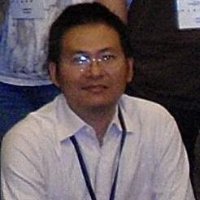
Qin Wu, Huawei, Technology Architect, active contributor in IETF, coauthor of over 36 RFCs, working on network automation and YANG, Network Telemetry, engaging with some related open Source Projects such as FD.io, ONAP for many years, co-chairs of L2SM Working Group, previously co-chaired L3SM Working Group and IETF RTG YANG Architecture Design Team member, help drive WG to deliver L3SM service model as RFC8049 and L2SM service model as Working Group document and rewrite L3SM service model work based on deployment experience and republished as RFC8299. Note that L2SM working group and L3SM working group are tasked to define YANG data models that can be used for communication between customers and network operators and to deliver a Layer 3 provider-provisioned VPN service and a L2VPN service.
He received his PhD in control engineering from Nanjing University of Science and Technology.
back to top ^
|
|
Rajesh Rajamani, Spirent
|
|
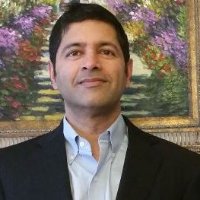
Rajesh Rajamani is the Director of Product Marketing at Spirent Communications and has global product management responsibilities for NFV, Routing and MPLS portfolios in Spirent's Cloud & IP BU. Prior to Spirent, Rajesh has worked in Century Link, Redback Networks and Nortel in Engineering, Product management and Strategy roles. Rajesh obtained a Master’s degree in Business from Duke University and an undergraduate degree from Indian Institute of Technology in Chennai.
back to top ^
|
|
Rakesh Kumar, Juniper Networks
|
|

Rakesh Kumar is a Distinguished Engineer in the JDI CTO & Architecture team at JuniperNetworks where his current focus is to improve security policy framework using SDN and NFV concepts. He was one of the architects of the Juniper’s cloud services platform, a micro-service based architecture to deploy cloud CPE solution. He has over 20 years of experience in networking industry developing networking platforms including ASIC data path and system software for Ethernet/IP/MPLS stack in routers & switches. He has extensively worked with service provider and large Enterprise around the world for complete network design and deployment. He is currently active in IETF I2NSF (Interface to Network Security Function) WG and driving northbound policy interface.
back to top ^
|
|
Rob Wilmoth, Red Hat
|
|
Rob is a Principal Solutions Architect at Red Hat. He holds a Bachelor of Science (B.S) degree from Appalachian State University.
back to top ^
|
|
Russ White, Linkedin
|
|

Russ White is an architect a LinkedIn who writes regularly here and at 'net Work. Russ is CCIE #2635, CCDE 2007:001, is a Cisco Certified Architect, and has earned an MSIT from Capella University and an MACM from Shepherds Theological Seminary. He is currently working towards a PhD.
back to top ^
|
|
Santiago Alvarez, Cisco
|
|

As CTO and Chief Architect of the Service Provider Division at Cisco Systems, David defines the strategy, design and development of the division's transport and mobility equipment, core, edge and access routers, and operating system. He leads research and development of new technology via tight partnerships with customers and academia and his work is found in multiple standards bodies. He also works closely with packetcom providers on the evolution and architecture of their networks and emerging services. David has held the roles of software architect for IOS-XR; co-system architect of the CRS-1 & CRS-3 multi-terabit router & the ASR900; and co-system architect of several next line cards, route processors and service blades in Cisco’s Service Provider portfolio.
back to top ^
|
|
Satoru Okamoto, Keio University
|
|
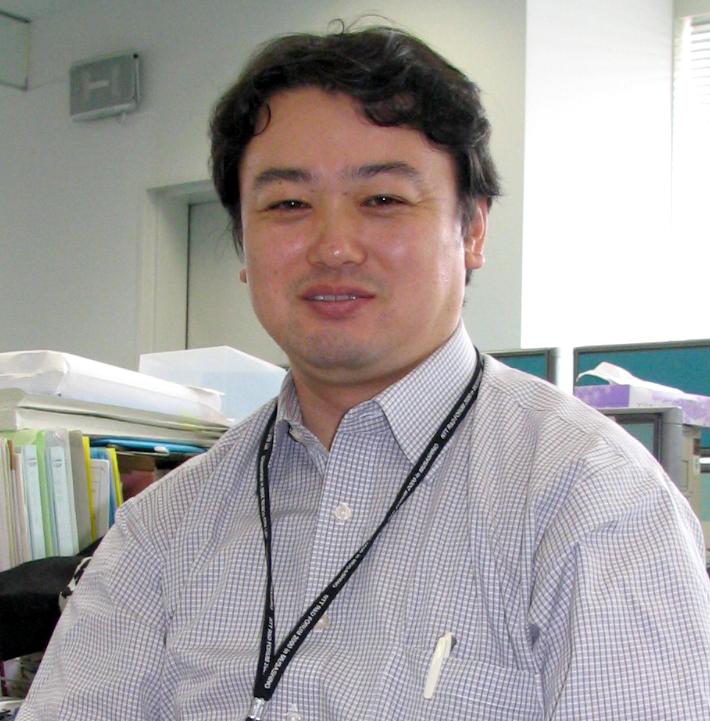
He received his B.E., M.E. and Ph.D. degrees in electronics engineering from Hokkaido University, Hokkaido, Japan, in 1986, 1988 and 1994. In 1988, he joined Nippon Telegraph and Telephone Corporation (NTT), Japan, where, he conducted research on ATM cross-connect system architectures, photonic switching systems, optical path network architectures, photonic network management systems, and photonic network control technologies. In 1999, he investigated the HIKARI router (“photonic MPLS router”) and the MPLambdaS principle. He is now researching future IP + optical network technologies, and application over photonic network technologies.
He has led several GMPLS-related interoperability trials in Japan, such as the Photonic Internet Lab (PIL), the Optical Internetworking Forum (OIF) Worldwide Interoperability Demo, and the Kei-han-na Interoperability Working Group. He is a vice co-chair of the Interoperability Working Group of the Kei-han-na Info-communication Open Laboratory. He is now promoting several research projects related to photonic networks.
He was an associate editor of the IEICE Transactions on Communications (2006-2011) as well as the chair of the IEICE Technical Committee on Photonic Network (PN) (2010-2011), and was an associate editor of the Optical Express of the Optical Society of America (OSA) (2006-2012). He is an IEICE Fellow and an IEEE Senior Member.
back to top ^
|
|
Scott Poretsky, Allot Communications
|
|
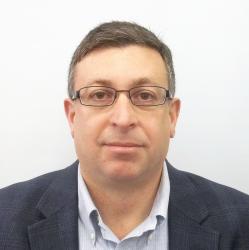
For over twenty years Scott Poretsky has been leading design and implementation of service provider solutions. As AVP of Solutions Architecture at Allot Communications, Scott is focused on rapid deployment of network-based security and data services through virtual network functions. Previously, Scott was Director of Carrier Engineering at NextPoint where he led the first industry deployments of Femtocell Gateways. At Avici Systems, Scott was part of the team that delivered the world’s first OC-192 BGP Core Router. Scott began his career at Raytheon Company working with the USAF to successfully deploy the new Milstar ground terminals. Scott has served in many industry leadership roles and is currently Chair for the IEEE ComSoc's Technical Committee for Communications Quality and Reliability (CQR). He previously served as Technical Chair of the IMS Forum. Scott has authored numerous IETF RFCs and holds a patent for networking technology. Scott has an MSEE from the Worcester Polytechnic Institute and BSEE from the University of Vermont.
back to top ^
|
|
Sho Shimizu, Fujitsu Lab.
|
|
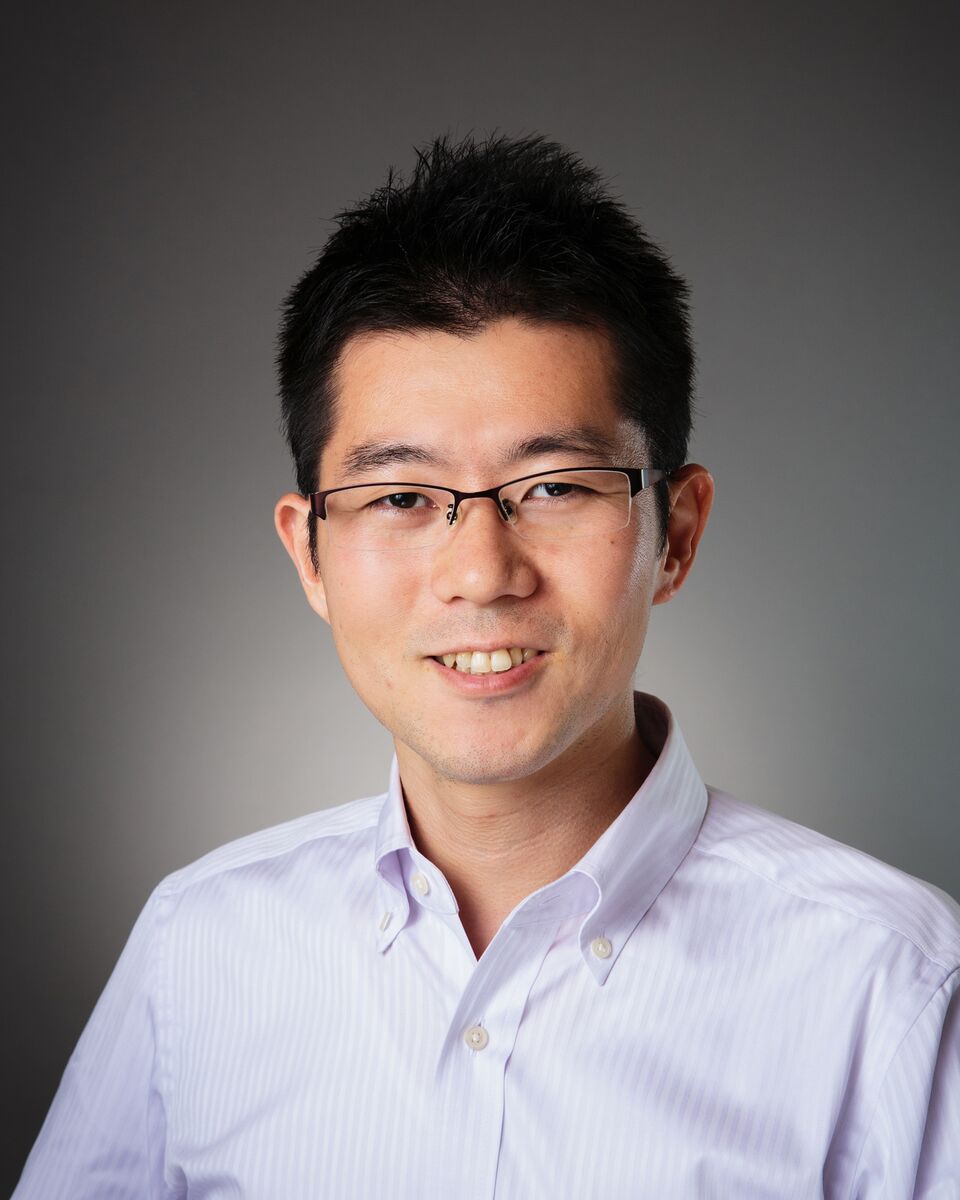
Sho Shimizu is a senior researcher at Fujitsu Laboratories. He is working on researches for network automation including intent-based networking. He joined Fujitsu Laboratories in 2010. He has been engaged in research and development of SDN including distributed SDN controller, IP + optical multi-layer networking, and energy efficient networking.
From 2014 to 2018, he was a member of research staff at Fujitsu Laboratories of America and worked at Open Networking Lab (ON.Lab) and Open Networking Foundation (ONF) as a full-time software engineer contributing to ONOS, which is an open source project to build a distributed SDN controller. He was responsible for design and implementation of Intent Framework, which is the topmost Northbound API in ONOS providing a declarative way to express network-wide desired states. His contribution to the project is more than 700 patches, and he was one of the most active developers in ONOS.
He received B.E, M.E, and Ph.D. degrees from Keio University, Japan in 2005, 2007 and 2010 respectively. He is a member of the IEEE and the IEICE.
back to top ^
|
|
Shunsuke Homma, NTT
|
|

Shunsuke Homma is a researcher at NTT Network Service Systems Laboratories. Since joining NTT Labs. in 2012, he has been engaged in research of network virtualization and development of service edge routers. He is also involved in the standardization processes for network function virtualization and service function chaining. He received his B.E. degree in Department of Chemistry from Tokyo Institute of Technology, Tokyo in 2010, and his M.E. degree in Department of Basic Science from University of Tokyo, Tokyo in 2012. He is a member of IEICE.
back to top ^
|
|
Susan Hares, Huawei
|
|
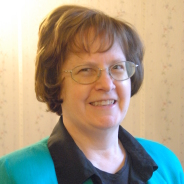
Sue Hares is vice president of technology and strategy at ADARA Networks. Hares has more than 30 years of experience in designing and deploying routing protocols and architectures and is active in the Internet Standards (IETF). She currently co-chairs the Inter-Domain Routing Group (IDR), and is a co-author on the BGP specification; used to make the core routing decisions on the Internet, BGP is considered industry-wide to be the most important protocol of the Internet. Sue is responsible for direction of ADARA’s industry-leading software defined networking technology and strategy, participation and contribution to defining SDN standards and collaborating with service providers and technology vendors in the advancement of OpenFlow, Interface to the Routing System (I2RS), Network Functions Virtualization (NVF) and other emerging SDN and virtualization technologies. Hares is an internationally recognized leader in commercialized advanced networking technologies and products.
back to top ^
|
|
Sven van der Meer, Ericsson
|
|

Sven van der Meer is a Master Engineer (since November 2011) at the Network Management Labs at Ericsson.
back to top ^
|
|
Takashi Kurimoto, NII
|
|
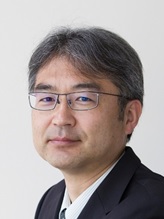
Takashi Kurimoto currently is an associate professor, National Institute of Informatics, Japan and he is involved in the design and implementation of national research and educational network, called Science Information Network (SINET). He has been engaged in researching the switching technology for high-speed computer networks and deployment of the next generation network.
back to top ^
|
|
Takehiro Sato, Kyoto University
|
|
Takehiro Sato received the B.E., M.E. and Ph.D. degrees in engineering from Keio University, Japan, in 2010, 2011 and 2017, respectively. He is currently a research associate in Graduate School of Science and Technology, Keio University, Japan. His research interests include communication protocols and network architectures for the next generation optical network. From 2011 to 2012, he was a research assistant in the Keio University Global COE Program, "High-level Global Cooperation for Leading-edge Platform on Access Spaces" by Ministry of Education, Culture, Sports, Science and Technology, Japan. From 2012 to 2015, he was a research fellow of Japan Society for the Promotion of Science. He is a member of the IEEE, and the IEICE.
back to top ^
|
|
Takehiro Tsuritani, KDDI Research
|
|
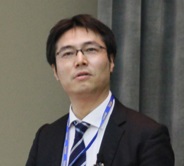
Takehiro Tsuritani is a senior manager at KDDI Research, Inc., Japan, where he leads the photonic transport network laboratory and directs a research group for advanced optical transmission and networking research. He has published more than 150 papers in leading technical journals and conference proceedings. He joined Kokusai Denshin Denwa (KDD) Company, Ltd. (currently KDDI Corporation), Tokyo, Japan, in 1997, where since 1998, he has been in the Research and Development Laboratories (currently KDDI Research, Inc.) and has been involved in research on high-capacity long-haul optical transmission systems and photonic networking. He received the M.E. and Ph.D. degrees in electronics engineering from Tohoku University, Miyagi, Japan, in 1997 and 2006. He served the Chair and the Technical Program Committee for numerous international conferences including leading ones such as the Optical Fiber Communication Conference (OFC), OptoElectronics and Communications Conference (OECC) and International Conference on IP+Optical Network (iPOP). He is a member of IEEE and a senior member of IEICE. He is recipients of the Best Paper Awards of OECC 2000, COIN 2014, OECC/PS 2016 and OECC 2018.
back to top ^
|
|
Toby Ford, AT&T
|
|
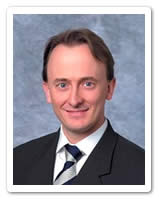
As the AVP of Cloud Infrastructure and Platform Architecture & Strategy for AT&T, Toby Ford leads technology efforts around AT&T's cloud offerings both internally and externally focused. Currently, Mr. Ford is responsible for shepherding SDN and NFV projects on to AT&T’s Common Cloud platform. Toby served as CTO for USi, which was acquired by AT&T in 2006. Previously, Mr. Ford held positions at Cornell University, ARINC, TeleCommunication Systems, and his own company in the Netherlands. Toby is also a member of the OpenStack Board of Directors.
back to top ^
|
|
Tom Lehman, Mid-Atlantic Crossroads
|
|
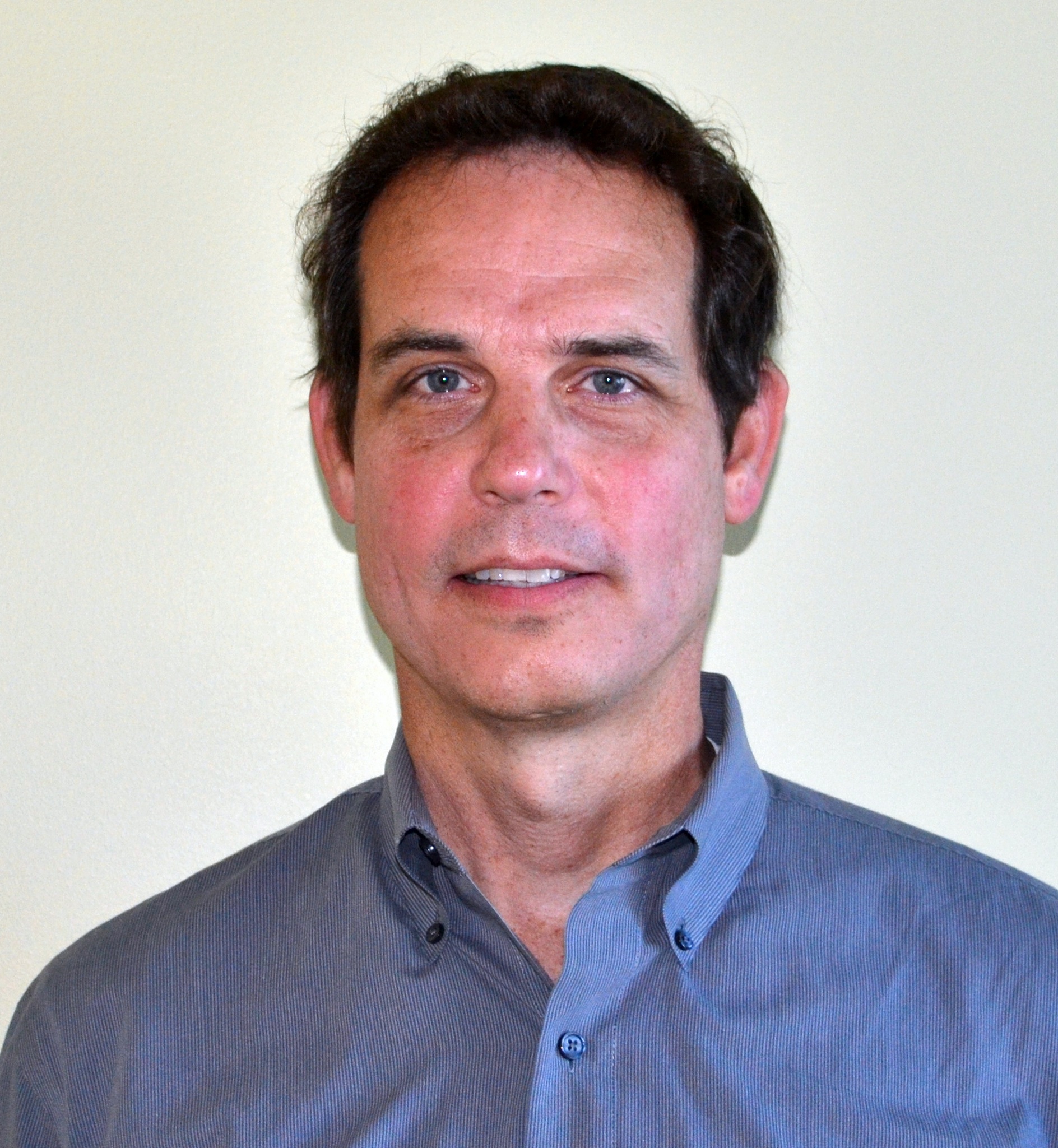
Tom Lehman is the Director of Research at the University of Maryland (UMD) / Mid-Atlantic Crossroads (MAX). His research and development interests include advanced network architectures, intelligent control planes, multi-layer inter-networking, network virtualization and cloud computing. Mr. Lehman is responsible for developing research programs and leading the research activities and associated technology developments. Mr. Lehman has published over 30 research papers in related areas. He has been Principal Investigator (PI) on multiple Defense Advanced Research Projects Agency (DARPA), National Science Foundation (NSF), and Department of Energy (DOE) projects. His previous research projects have included the development of several open source software products including the Dynamic Resource Allocation via GMPLS Optical Networks (DRAGON) network control plane software, the Global Environment for Network Innovations (GENI) Stitching Computation Service, and the StackV orchestration system. His current research projects are focused on development of technologies that facilitate the orchestration of high performance network, computation, and storage resources in service of big data driven domain science application workflows. Prior to joining MAX, Lehman was a Computer Scientist and Project Leader at the University of Southern California, Information Science Institute (USC/ISI) in Arlington, Virginia. Mr. Lehman received a B.S. from Virginia Tech and a M.S. in Electrical Engineering from The Johns Hopkins University.
back to top ^
|
|
Tom Nadeau, Brocade
|
|

Tom is a Distinguished Engineer in the PSD CTO Office at Juniper Networks where he is responsible for leading all aspects of Software Defined Networks and Network Programmability. Tom has a new book out called SDN: Software Defined Networks, An authoritative Review of Network Programmability Technologies on O'Reilly Publishers in August 2013.
Prior to Juniper Tom was a VP/Senior Principle Software Architect at CA Technologies where he is responsible for architecture and standards leadership around CA's network infrastructure management and service assurance products. Prior to joining CA Technologies, Tom held Distinguished Engineer and Lead Architect roles at Huawei Technologies, BT and Cisco Systems.
Tom is an active participant in the IETF, ITU, and IEEE. He is co-author numerous protocol, architecture and MIB documents in the MPLS, BFD, L2/L3 VPN, MPLS-TP, pseudo-wire, and traffic engineering areas, including being a co-author of over 40 IETF RFCs, numerous internet drafts, and ITU-T contributions. Tom has been granted 14 US Patents.
Tom received his BSCS from The University of New Hampshire, and a M.Sc. from The University of Massachusetts in Lowell, where he has been an Adjunct Professor of Computer Science since 2000 and teaches courses on the topic of data communications. He is also on the technical committee of several prominent networking conferences where he provides technical guidance on their content, as well as frequently presents.
back to top ^
|
|
Tom Tofigh, AT&T
|
|

Tom is currently a Principal Member of Technical Staff in the AT&T’s Domain 2.0 architecture and planning Labs at AT&T.
Tom has been responsible for planning and implementation of large-scale telecommunications equipment.
He has extensive experience that spans across many disciplines including emerging mobility networks, Switches, enhanced protocols, cross layer design, smart devices, and chip designs.
Products introduced include innovative solutions for the mobile devices, switches, platforms, and QoS mechanisms.
Tom is currently active member of ONF representing AT&T for implementation of open source solutions for SDN/NFV.
Tom holds over 70 patents awarded and more pending.
back to top ^
|
|
Tomohiro Otani, KDDI Research
|
|

Tomohiro Otani received the B.E., M.E. and Ph.D. degrees in electronic engineering from the University of Tokyo, Japan, in 1992, 1994, 2002, and Professional Engineering degree in electrical engineering from Columbia University, USA, in 1998, respectively. In 1994, he joined Submarine Cable Systems Dept. of KDDI Corporation. He is a senior manager of integrated core network control and management group in KDDI R&D Laboratories Inc. He is also a manager of optical network department of KDDI corporation. He also hold a position as a research fellow in NICT JGN II Tsukuba Research Center. His research interests have been intelligent optical networks. He is a member of the IEICE.
back to top ^
|
|
Uma Chunduri, Huawei USA
|
|
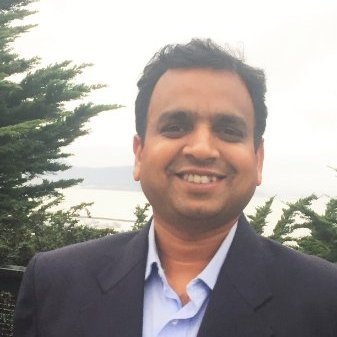
Uma is currently with Future networks core team at Huawei USA as a Principal Systems Engineer and primarily focus on programmable network architecture for latency and QoS sensitive applications. He is also working on new path aware routing mechanisms and slice aware mobility and transport network solutions for 5G cellular networks.
He has close to two decades of industry experience with close to a decade at Ericsson, Kineto Wireless and NXP-Semiconductors (through Intoto Networks) before joining Huawei. At Ericsson, he was Principal Engineer in System & Technology group and responsible for IP Routing, IP-FRR, Segment Routing, MPLS control and data plane aspects areas of Ericsson Edge, BRAS and back haul product line. His core competency is in the area of IP/MPLS networks, IP FRR, IP Security/IKEv2, and Cellular Mobility with more than 30+ Patents (Granted and pending). He is an active contributor at IETF in Routing area and participates in Transport and Security areas. He has 4 published RFCs in routing/MPLS technologies and more than 20 active internet/IETF drafts. He also participates in ETSI and rapporteur of NGP new routing mechanism WI#14.
back to top ^
|
|
Ved P. Kafle, NICT
|
|
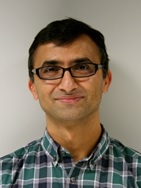
VED P. KAFLE received a B.E. in Electronics and Electrical Communications from Punjab Engineering College, India, an M.S. in Computer Science and Engineering from Seoul National University, South Korea, and a Ph.D. in Informatics from the Graduate University for Advanced Studies, Japan. He joined National Institute of Information and Communications Technology (NICT), Tokyo in 2006 as a researcher, and is currently a research manager. He concurrently holds a visiting associate professor’s position at the University of Electro-Communications, Tokyo, where he supervises graduate students. He has been serving as a Co-rapporteur of ITU-T Study Group 13 since 2014. His research interests include network architectures, naming and addressing, machine-to-machine communication, Internet of things (IoT), information centric networking (ICN), network virtualization, software-defined networking, privacy, and security. He was a member of the AKARI Architecture Design Project for New Generation Network, where he designed and implemented the HIMALIS (Heterogeneity Inclusion and Mobility Adaptation through Locator ID Separation) architecture. He has published more than 100 research papers in referred journals, magazines and conferences. He has also edited eight ITU-T Recommendations and Supplements related with the Next Generation Network (NGN), Future Networks, and IMT-2020, and submitted many contributions to these and other Recommendations. He received the ITU Association of Japan’s Encouragement Award and Accomplishment Award in 2009 and 2017, respectively, and two Best Paper Awards (second prize) at the ITU Kaleidoscope Academic Conferences in 2009 and 2014. He is a Fellow of ITU-T Study Group 13. He is a senior member of IEEE and a member of IEICE. He served as an associate editor of IEICE Transactions on Communications during 2013-2018.
back to top ^
|
|
Wassim Haddad, Ericsson
|
|

Wassim is a principal engineer at Ericsson in the San Francisco Bay area. He holds a masters degree in Mobile Networks and Services from Ecole nationale supérieure des Télécommunications de Bretagne.
back to top ^
|
|
Weihua Qiao, Offino Technologies
|
|
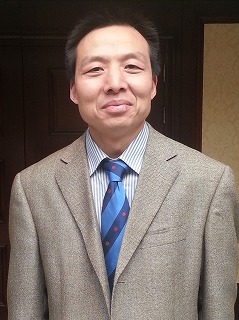
Currently, he is doing research work for 5G core network, e.g. network slicing, policy and charging control, session management, etc.
He was working in Huawei for many years before he joined in Ofinno, his main working area was also core network, e.g. policy and charging control, QoS, Mobile Edge Computing, data communication, etc. He also attended 3GPP meeting for many years.
back to top ^
|
|
Yoichi Sato, NEC
|
|
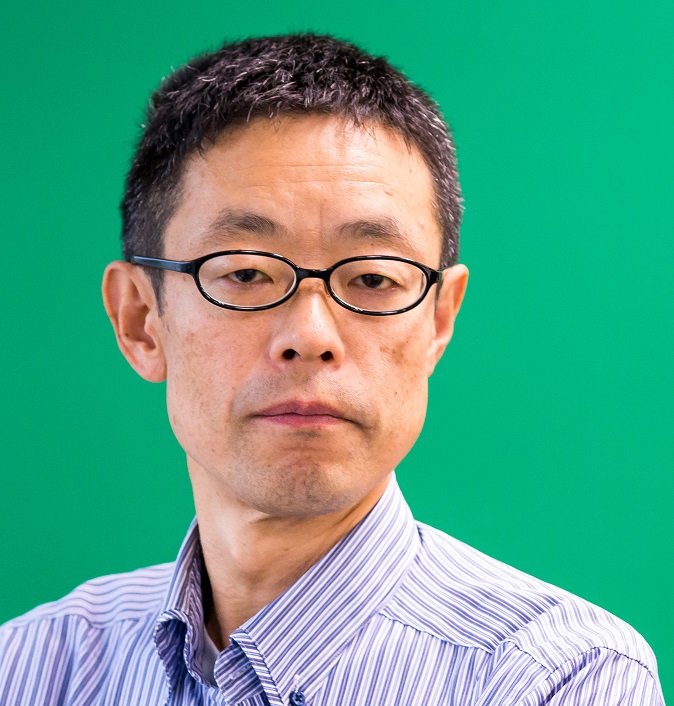
Yoichi Sato is a director at NEC.
back to top ^
|
|
Yusuke Hirota, NICT
|
|

Yusuke Hirota received the B.E., M.E. and Ph.D. degrees from Osaka University, Osaka, Japan, in 2004, 2006 and 2008, respectively. He joined Department of Information Networking, Graduate School of Information Science and Technology, Osaka University, in 2008, as an Assistant Professor. Since 2017, he has been with National Institute of Information and Communications Technology (NICT), Tokyo Japan. His research interest includes all-optical networking, optical fiber communication systems, multimedia streaming systems, and autonomous networks. Dr. Hirota is a member of IEEE, OSA and IEICE.
back to top ^
|
|
|
